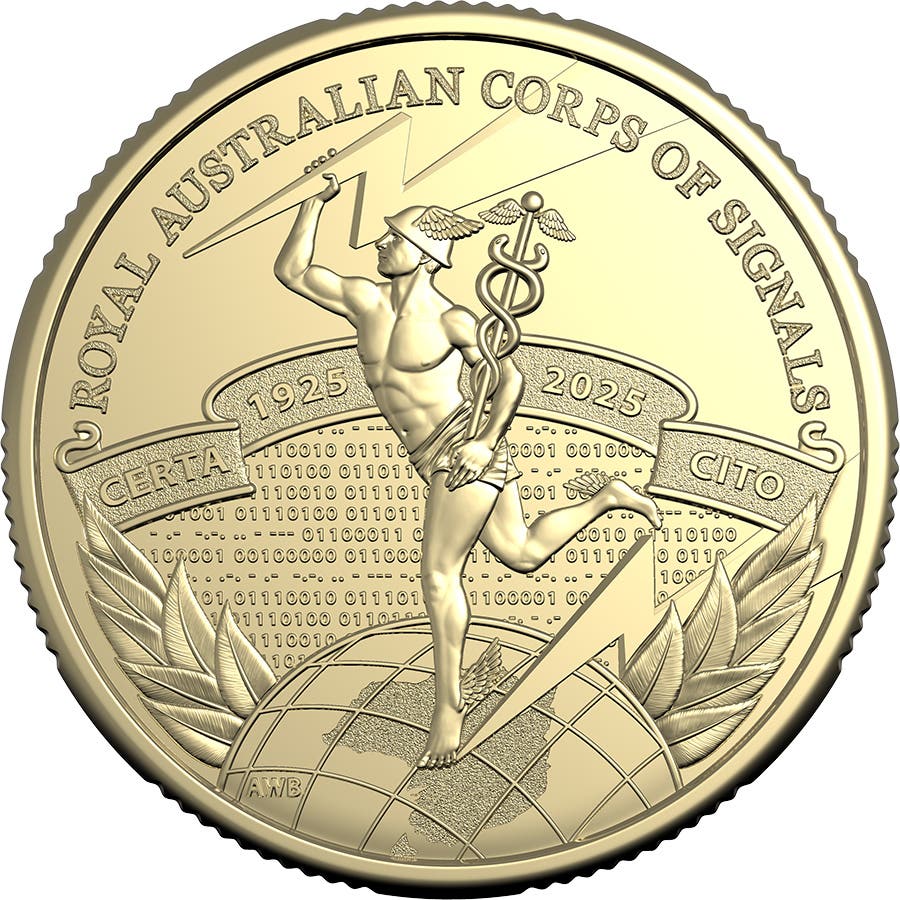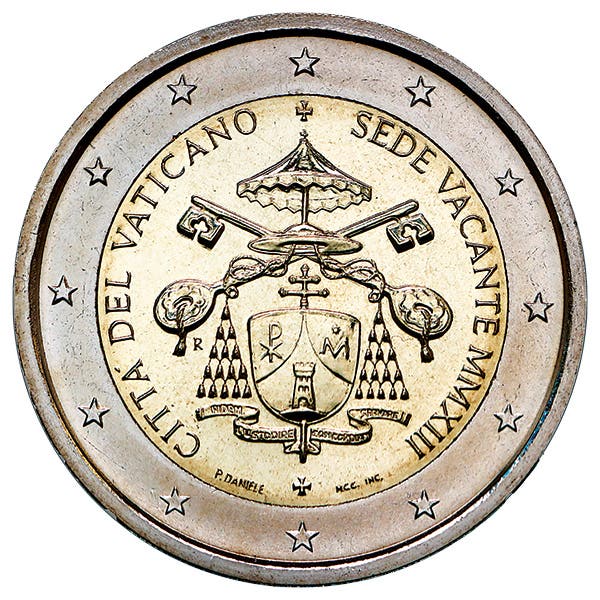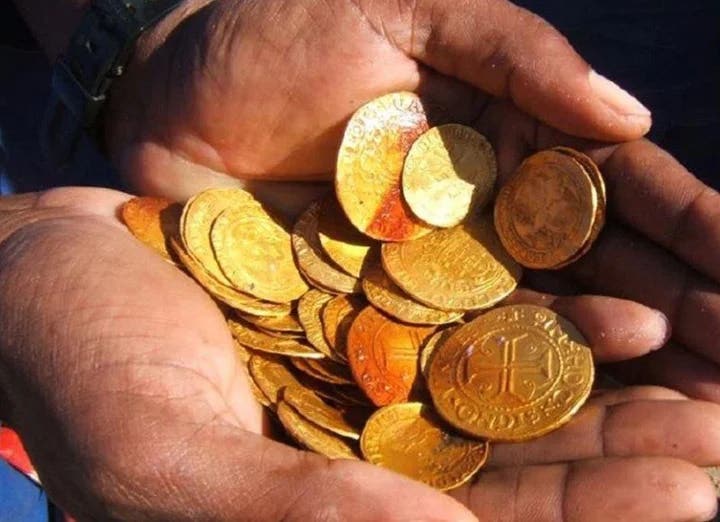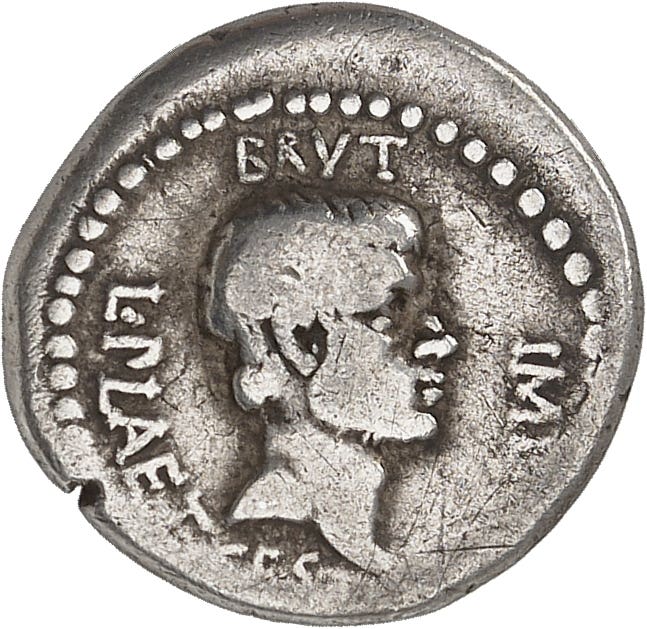Syrian Specimens Realize $60,000
Heritage Auctions’ Central States World Currency Signature floor sale took place in Chicago on April 25. The results confirm the present healthy state of the world banknote market: the 827…
Heritage Auctions’ Central States World Currency Signature floor sale took place in Chicago on April 25. The results confirm the present healthy state of the world banknote market: the 827 lots on offer achieved $1,732,096 with 33 taking in an excess of $10,000 apiece.
Top lot by a long chalk was a remarkable Banque de Syrie 1920 first and second issue specimen book. It contained examples of 12 different denominations with both faces and backs shown: 1 piastre (P-1s), 5 piastres (P-11s), 10 piastres (P-12s), 25 piastres (P-13s), 50 piastres (P-14s), 100 piastres (P-15s), 500 piastres (P-16s), 10 livres (P-17s), 25 livres (P-18s), 50 livres (P-9s), 100 livres (P-10s), and 100 livres (P-19s). All were either perforated or rubber-stamped SPECIMEN. Given the notes are glued into the book no attempt was made to grade individual items.
Competition for this rarity was short and sharp. It took place entirely online. It opened with a starting bid of $15,000 before quickly racing away to fetch $60,000. The buyer asked to remain anonymous.
Top-selling individual note was an example of the celebrated National Bank of Egypt two camel pound of 5 January 1899 (P-2b). This note is extremely scarce - and eagerly sought - in any condition. That on offer came in a most desirable problem-free PCGS Very Fine 30. In the circumstances it was not unexpected when the bidding took-off from the starting price of $17,500 to soar to $37,200.
A centerpiece of the catalog was the outstanding Harry M. Eisenhauer Collection Canadian Chartered Banknotes. Many of these lots fetched top dollar. Just three are cited here.
The finest graded (PMG Very Fine 20) Dominion of Canada $2 rarity of 1 July 1870 and payable at Halifax (DC-3d) realized $26,400.
A rare Stephens Bank $3 dated 1 February 1886 and sporting Queen Victoria (Ch. 675-20-04-18) made $26,400 in PMG Choice About Uncirculated 58. This same price was achieved by the finest PMG-graded Bank of New Brunswick, St John, $10 of 1 September 1903 (Ch. 515-18-08). It arrived on the block in Extremely Fine 40 EPQ.
It was, however, a magnificent Dominion of Canada $1000 specimen of 1911 that led the Canadian results. Formerly part of the Solovey “Russian” collection and graded PMG Choice Uncirculated 64 this rarity had no problems in doubling its starting price to take $31,200.
An offering of a small collection of Curacao issues produced several delightful sleepers. Among them was a 500 Gulden dated 25 November 1954 (P-44). This is the highest denomination of the series. It is a rare note in that it was printed and released in only small batches with most redeemed in 1962. Graded a most acceptable PMG Very Fine 30, the starting bid had been set at $1,000 but when the dust settled the note had found a new home for $24,000.
An example of the corresponding 100 gulden from 1960 (P-55) took $18,000 in PMG Extremely Fine 40 on a starting bid of $500.
Collectors of Hawaiian issues were presumably out in force for a once-in-a-lifetime opportunity: a very rare Republic of Hawaii $20 gold certificate specimen of 1895 complete with counterfoil (P-8s). To add to its history it came stamped 1896 and bore the handwritten date 1897. Its $19,200 price tag could be regarded as something of a steal given its PMG Choice Uncirculated 64 EPQ grading.
Full catalog details and prices-realized in readers’ favorite collecting areas are available at www.ha.com.








